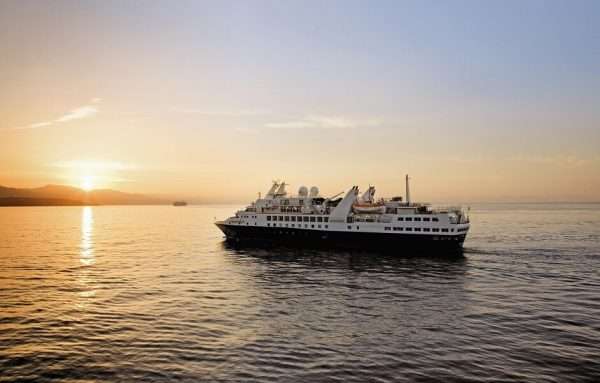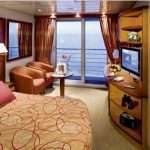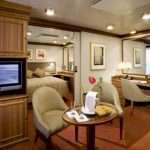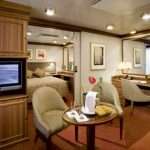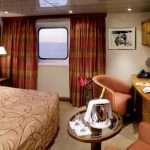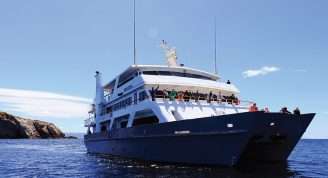Description
Float effortlessly amidst nature’s works of art in ice and stone, and experience European culture meshed with Inuit tradition. Look for Polar Bears and thousands of birds, while you wonder at the spectacular wilderness of the Torngat Mountains National Park. A unique opportunity to see the magnificent Jakobshavn Icefjord by air is not to be missed.
Please note: Voyage prices are indicative and can fluctuate – please check for details.
Trip Name
North Atlantic Adventure
Days
16
Overview
Vessel Type: Luxury Expedition
Length: 108 metres
Passenger Capacity: 132
Built / refurbished: 1989 / 2008 / 2017
Silversea’s purpose-built luxury Silver Explorer expedition cruise ship has been designed specifically for navigating waters in some of the world’s most remote destinations, including both of earth’s polar regions. A strengthened hull with a Lloyd’s Register ice-class notation (1A) for passenger vessels enables the Silver Explorer Expedition Cruise Ship to safely push through ice floes with ease. A fleet of Zodiac boats (11) allows Silversea Expedition guests to visit even the most off-the-beaten path locations and an expert Expedition Team provides insight and understanding to each unforgettable Silver Explorer luxury cruise adventure.


